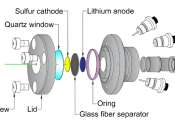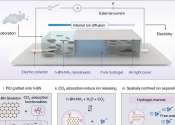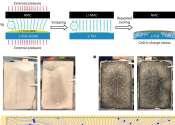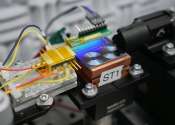No fumbling, just tap, say Moto X tattoo all-stars (w/ Video)
Go ahead with yourselves, U.S. Moto X fan base. Motorola announced Tuesday that owners in the U.S. can buy packs of disposable digital tattoos that will allow them to unlock their phone without any further typing ado. The ...









